
hotline:
17715390137
Tel/Wechat:
18101240246 (Technology)
0512-68565571
Email:mxenes@163.com (Sales Engineer)bkxc.bonnie@gmail.com
Scan the code to follow or search the official account on WeChat:
2D Materials Fronrier After paying attention,
click on the lower right corner to contact us,
Enter enterprise WeChat.
Professional Services Online

已传文件:photo/1631586161.png
Beiconn can provide MXene-based double metal hydroxide composite materials
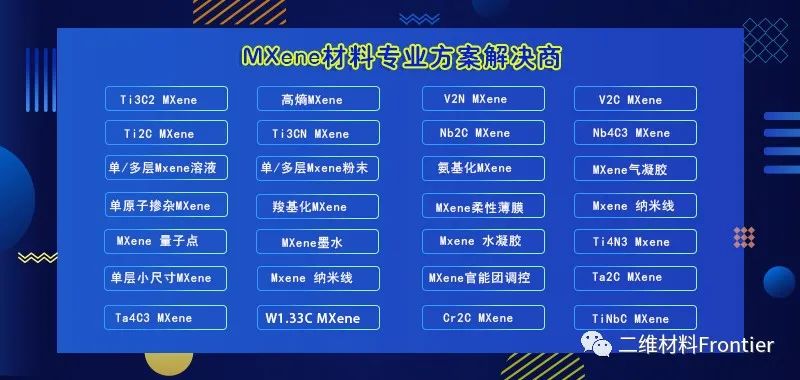

Research abstract
The electrocatalytic activity of transition metal-based complexes is closely related to the electronic structure, however, the regulation of the electron spin state on the catalyst surface is still a daunting challenge. In view of this, researcher Wang Ying of Changchun Institute of Applied Chemistry, Chinese Academy of Sciences, Xiaofeng Wu, team of Academician Feng Shouhua of Jilin University, and others published research results in "Journal of Energy Chemistry", reporting a spin state and delocalized electron regulation method to optimize analysis Oxygen reactivity, which is achieved by in-situ growth of NiCo2(OH)x and MXene using the Oswald ripening process and the coordinative etching process and plasma treatment process. Using X-ray absorption spectroscopy, magnetic measurement and electron paramagnetic resonance characterization techniques, it is proved that the coupling of NiCo2(OH)x and MXene can induce significant Co3+ spin state transition and electron delocalization of transition metal ions. Plasma treatment further The 3d orbital structure and delocalized electron density are optimized. Benefiting from the partial electron occupation of the eg orbital, the intermediate spin state t2g5eg1 of Co3+ produces a unique Ginger Taylor phenomenon. This unique electronic state with lone pairs of electrons leads to orbital degeneracy, which further optimizes the adsorption free energy and conductivity of the intermediate product. The optimized electrocatalyst exhibits friendly OER activity with an overpotential of 268 mV at 10 mA cm-2. DFT calculations show that plasma treatment can effectively tune the d-band centers of transition metals and optimize adsorption to ultimately enhance OER activity. This approach provides theoretical guidance for the rational design of electrocatalysts with idealized electronic structures.
Graphical guide
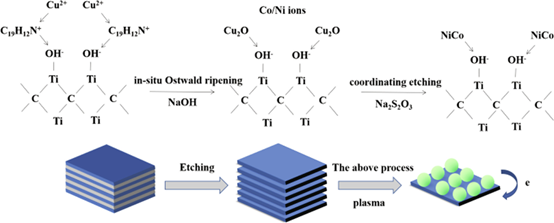
Figure 1. Schematic diagram of the synthetic route of Ti3C2Tx MXene@NiCo2(OH)x-p.
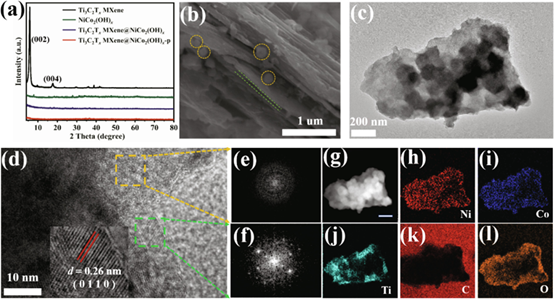
Figure 2. XRD spectra of samples at different synthesis stages; SEM, TEM and elemental mapping characterization.
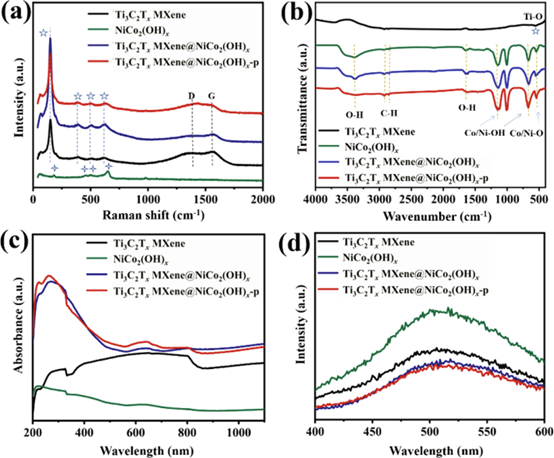
Figure 3. Physical characterization of different samples: Raman, IR, UV, and PL spectra.
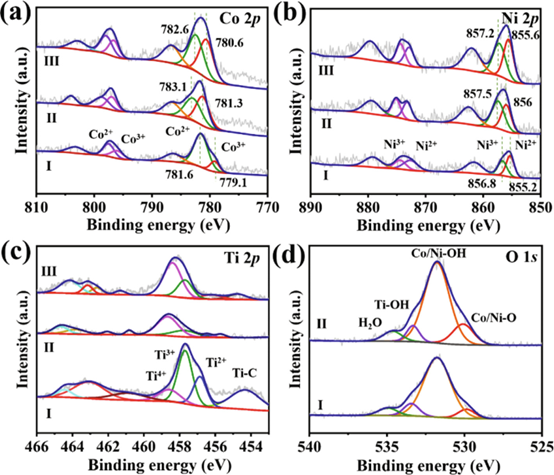
Figure 4. High-resolution XPS spectra of NiCo2(OH)x, Ti3C2Tx MXene@NiCo2(OH)x and Ti3C2Tx MXene@NiCo2(OH)x-p.
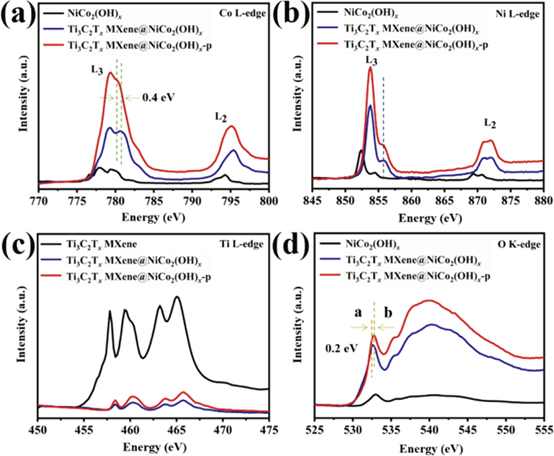
Figure 5. Synchrotron X-ray absorption spectra of Co, Ni, Ti and O.
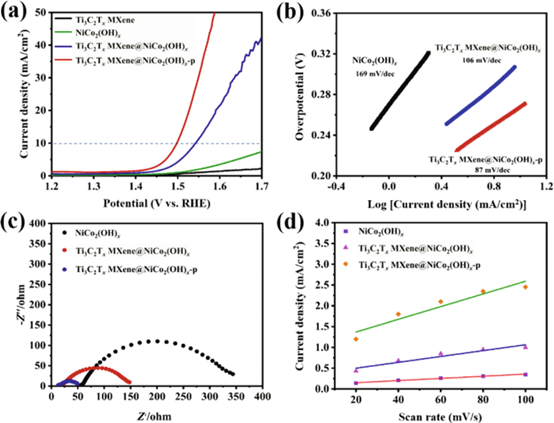
Figure 6. LSV curves, Tafel curves, EIS impedance spectra of different samples such as Ti3C2Tx MXene@NiCo2(OH)x and Ti3C2Tx MXene@NiCo2(OH)x-p.
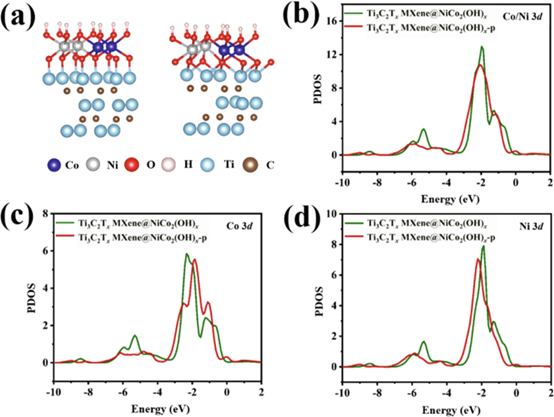
Figure 7. Models of Ti3C2Tx MXene@NiCo2(OH)x and Ti3C2Tx MXene@NiCo2(OH)x-p and PDOS of different orbitals.
Summarize
In this paper, a unique modulation method of spin state and delocalized electron density is proposed to enhance the OER activity of electrocatalysts. The t2g5eg1 spin state of the transition metal center and the appropriate delocalized electron density facilitate electron transport, and at the same time make the Co/Ni active site easier to adsorb reactants, optimize the adsorption energy of the OER reaction intermediates, and thus enhance the OER activity. The theoretical calculation results show that the DFT calculation shows that the d-band center of the transition metal can be effectively regulated after plasma treatment, and the d-band center can be measured to the Fermi level, so that the adsorbed oxygen molecules can be stably bonded to the surface transition metal. Promotes electron transport and enhances OER activity. On the other hand, the narrowing of the energy difference relative to the Fermi level leads to the hybridization of transition metal 3d with O 2p orbitals. This work establishes a rational design strategy for the preparation of high-performance electrocatalysts in transition metal-based compounds by regulating the electron spin state and electron delocalization.
Literature link
https://doi.org/10.1016/j.jechem.2022.03.025
For the original text, please click the lower left corner of the tweet to read the original text

| Reminder: Beijing Beike New Material Technology Co., Ltd. supplies products only for scientific research, not for humans |
| All rights reserved © 2019 beijing beike new material Technology Co., Ltd 京ICP备16054715-2号 |